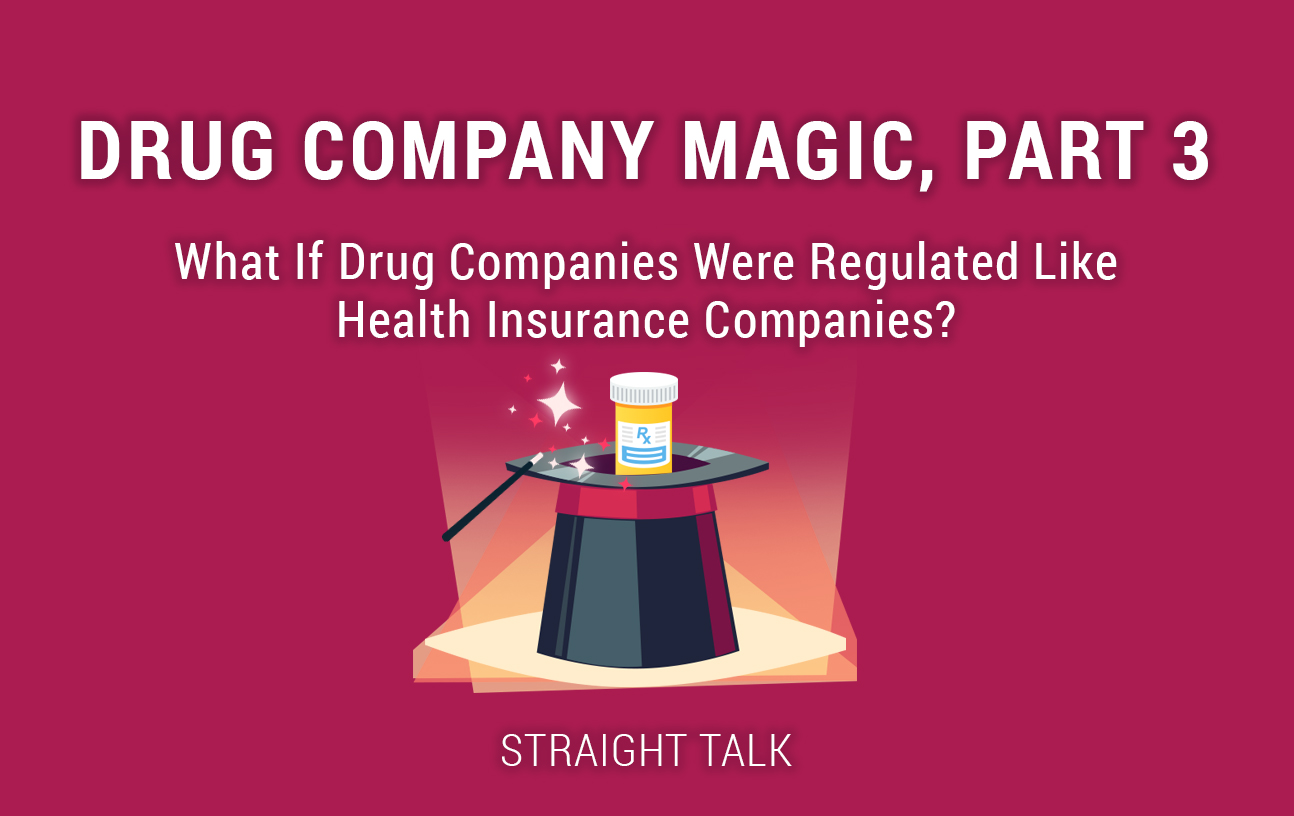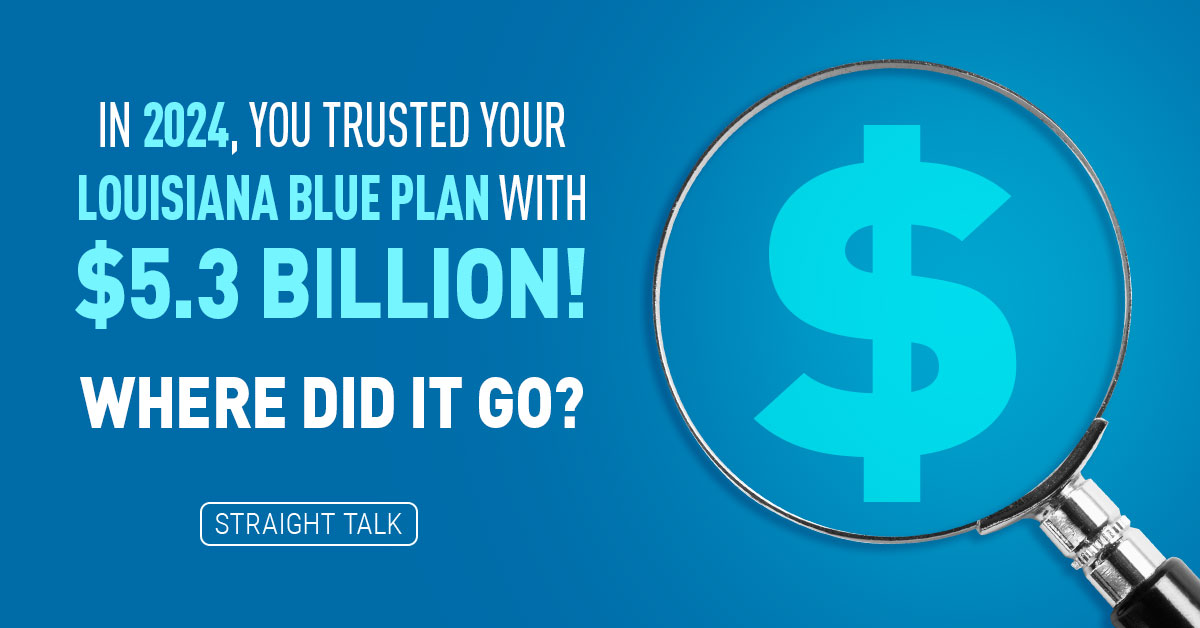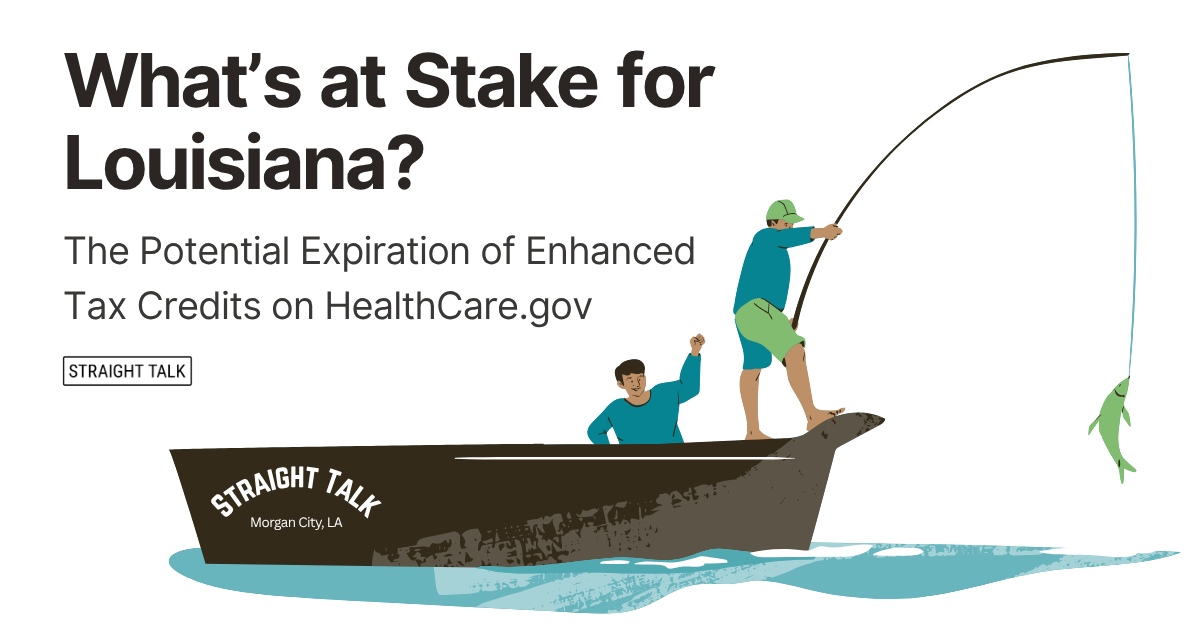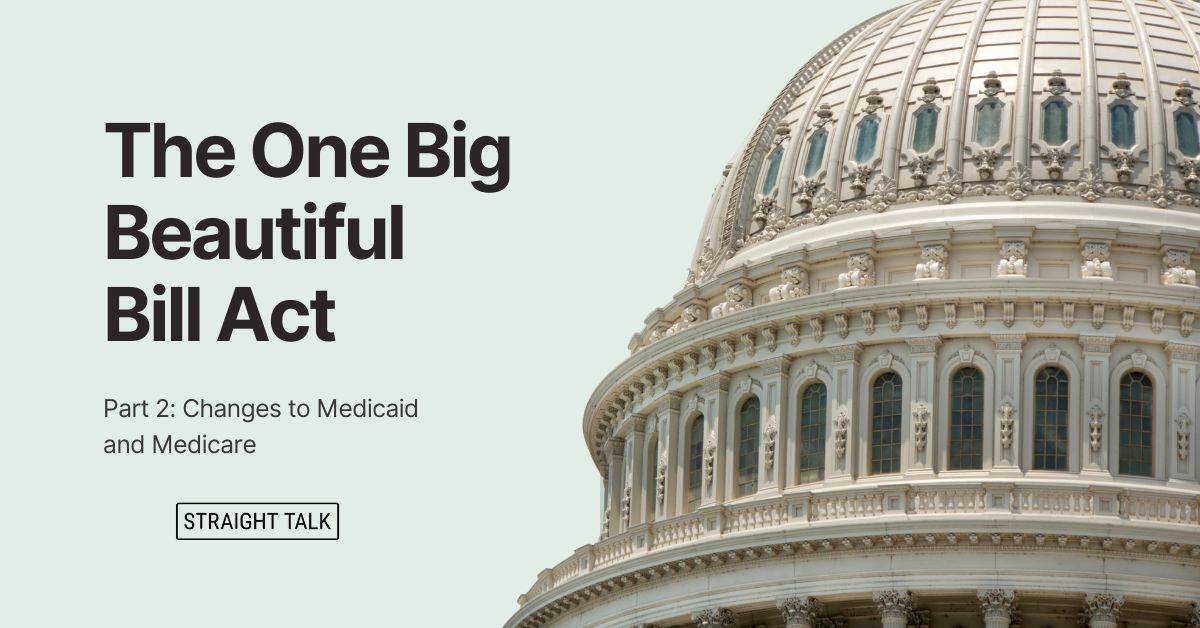“Did you know that health insurance companies that participate in federal or state programs also have stricter gross margin/profit caps on that business? For example, the Medicaid health plans in Louisiana have to pay state and local taxes, and they pay for all administration on 15 percent of the payments they get from the state for managing care of Medicaid patients.”
Not to complain, but I am constantly amazed at the constraints, rules and regulations that companies like Blue Cross and Blue Shield of Louisiana have to deal with. Here are a few of my favorites:
Did you know that federal law requires a health insurance company to spend a certain percentage — 80-85 percent — of its premium dollars directly on medical care for its customers? And, if the company doesn’t, it has to issue rebates to its customers. Every health insurance company has a federally defined gross margin limit (what counts as “too much money,” formally called Medical Loss Ratio), and if they spend even $1 less on paying medical claims than the law requires, they have to send cash back to their customers. Blue Cross, fortunately, runs a very low-overhead company and does spend the majority of your premiums that we take in on your medical care.
But, not drug companies. Even though a drug company might guarantee a rebate to a state Medicaid program or large employer, there is no oversight of these rebates or the amount of profit generated before they are issued.
In fact, I can report to you that in 2016, more than 20 percent of all the money we took in through your premium dollars was spent on prescription drugs! That’s up from 11 percent in 2004. That means a lot of your premium increases and affordability challenges come directly from the increasing prices of drugs.
It helps PhARMA that they can make all the products they want, sell them for whatever price they want, spend as much on marketing as they want, and then keep all the profits — no matter how big they get. Is that fair to you? Let’s look at some other differences …
The Stuff We Sell
Did you know that your health insurance company has to design its health plans in strict accordance with federal guidelines, sell them according to federal guidelines, make sure all the plans cover all the things the government says they have to cover, and enter every plan design into a federal database for review months before those plans can be sold? AND we have to publish every single price on the internet?
But, not drug companies. True, they have to get U.S. Food and Drug Administration (FDA) approval on every product, and that can take years and lots of money. They might even have to follow guidelines when they advertise the drugs. But, the government does not tell them what to make, how to make it, what to sell or how to sell it. Nor do they quibble with the drug companies or haggle with them at all about pricing or require them to publish any pricing, ever. And once a drug is on the market, the drug makers can get FDA approval to use it for different conditions, all at the same high prices. In many states, health insurance companies can’t sell a plan without the state insurance commissioner and the commissioner’s regulators approving the price. Drug companies have no such restrictions.
The Cost of Research
“But Mike, those drug companies invest billions into making new drugs that never even make it to market! It’s a very risky business!”
Agreed. But since these companies spend roughly twice as much money on marketing and selling their approved products as they do actually creating them, I’m forced to ask, “What business are they really in?” Are they drug companies or marketing entities? Increasingly, the big drug companies don’t even invent drugs any more — they leave that work to tiny, start-up companies and then buy the company and the drug to sell at a huge price increase after the tiny company does all the work. That’s because the bigger drug companies are mostly marketing entities, and the prices you pay are covering their marketing and acquisition mark-up. And not all the drugs they buy are new — sometimes they buy drugs that have been on the market for years and mark them up a few thousand percent.
Is that the drug market you want? Can you afford your miracle drug when you need it if this keeps on?
Government Healthcare Has Rules, Too
Did you know that health insurance companies that participate in federal or state programs also have stricter gross margin/profit caps on that business? For example, the Medicaid health plans in Louisiana have to pay state and local taxes, and they pay for all administration on 15 percent of the payments they get from the state for managing care of Medicaid patients. This requirement guarantees the other 85 percent of state payments buys nothing but Medicaid recipients’ healthcare, or they owe the state rebates, much like those private insurance companies owe to their customers if they have too much money.
Not only do drug companies not have this restriction when they sell medicines to Medicare or Medicaid, but your taxpayer money, funneled through the National Institutes of Health, gives drug companies more than $30 billion per year to find new products to sell, which has amounted to more than $900 billion in start-up money since the 1930s. This research funding is purely speculative in the form of grants and could purchase a real breakthrough, but it usually doesn’t. In other words, you are funding companies that exist to market and sell drugs that you can’t afford. How is that a good deal?
When health insurance companies get government money, they are providing immediate coverage and tangible benefits to real taxpayers in a strictly regulated way. The Feds get immediate and tangible results and demand reams of reporting on those results.
What Could We Do?
So, I can’t help myself — at this stage I’m forced to ask this question:
“How much longer are we going to force a tightly regulated industry like health insurance to exist at the complete mercy of a wide-open, unregulated one like PhARMA?” Or, to put it another way, why does the government invest so much money in people’s health while paying for huge profits in PhARMA at the same time?”
If you want something to really change, occasionally you’ve got to take on big battles. That could mean addressing actual drug company pricing policies directly, or shopping around and refusing to pay for some of the drugs out there when there are lower-cost options that will work. Or, we could at least make the drug companies bid against each other a little, which they are not doing today.
Or, you can always ask for a little transparency from them — like we did here.
Other countries do all of these things, and guess what? Their drug prices are significantly lower than ours. What’s up with that? Straight Talk today: How long are you going to put up with this?





Leave a Reply